July’s full moon—known as the Buck Moon—is set to light up the night sky in spectacular fashion this year. As the first full moon of the summer, it holds not only celestial significance but also deep cultural and seasonal meaning. In 2025, the Buck Moon will rise just after sunset on Sunday, July 6, offering a golden opportunity for skywatchers around the world.
🌕 Why It’s Called the “Buck Moon”
The name “Buck Moon” originates from Native American and colonial traditions, referring to the time of year when the antlers of male deer (bucks) begin to grow rapidly. It marks a moment of transformation in nature—just as it symbolizes the seasonal shift in human life. Other cultures refer to this moon by different names, such as the Thunder Moon or Hay Moon, depending on local climate patterns and agricultural cycles.
🕓 Best Time to View It
The Buck Moon will reach its full phase at 4:44 AM GMT on July 6. For most viewers, this means the moon will appear full and radiant during the nights of July 5 and 6, with the most dramatic viewing occurring shortly after moonrise in your local time zone.
The most beautiful time to observe the Buck Moon is when it rises low on the horizon. At that point, it often appears larger and more golden due to the optical illusion created by Earth’s atmosphere—a phenomenon known as the moon illusion.
🌍 Visibility Around the World
The Buck Moon will be visible across the globe. From North and South America to Europe, Asia, Africa, and Australia, observers will be able to witness the glowing orb rise in the eastern sky just after sunset.
- In North America, moonrise will occur between 8:00 PM and 9:30 PM local time, depending on your location.
- In parts of Europe and Africa, it will rise just before or after 9:00 PM local time.
- In Asia and Australia, the best views will come early on July 6.
📸 Tips for the Best Viewing Experience
- Check Your Local Moonrise Time: Make sure you know when the moon will rise in your area for the most visually stunning view.
- Find a Clear Horizon: Open areas like fields, hilltops, or shorelines offer the clearest view of the horizon.
- Avoid City Lights: Light pollution can wash out the moon’s rich detail and color. Head to a darker location if possible.
- Bring a Camera or Binoculars: While the moon is easy to see with the naked eye, binoculars can reveal craters and surface texture. Smartphones with night mode can capture surprisingly good photos.
- Include Foreground Elements: Trees, buildings, or mountains can make your moon photos more dramatic and grounded.
🌌 Why This Full Moon Is Special
This Buck Moon is particularly noteworthy because it comes just weeks before a supermoon expected in August. While the July moon won’t be at perigee (its closest point to Earth), it will still appear large and bright thanks to favorable timing and clear summer skies in many regions.
It also aligns with many cultural festivals and summer traditions, making it a meaningful moment for reflection, celebration, or simply enjoying nature.
🌙 Final Thoughts
The Buck Moon of July 2025 is more than just a celestial event—it’s a seasonal milestone, a visual delight, and a reminder of our planet’s timeless dance with the cosmos. Whether you’re a seasoned skywatcher or just enjoy moonlit evenings, this is one full moon you won’t want to miss.
So mark your calendar, check the skies, and get ready to witness one of nature’s most reliable and beautiful performances.

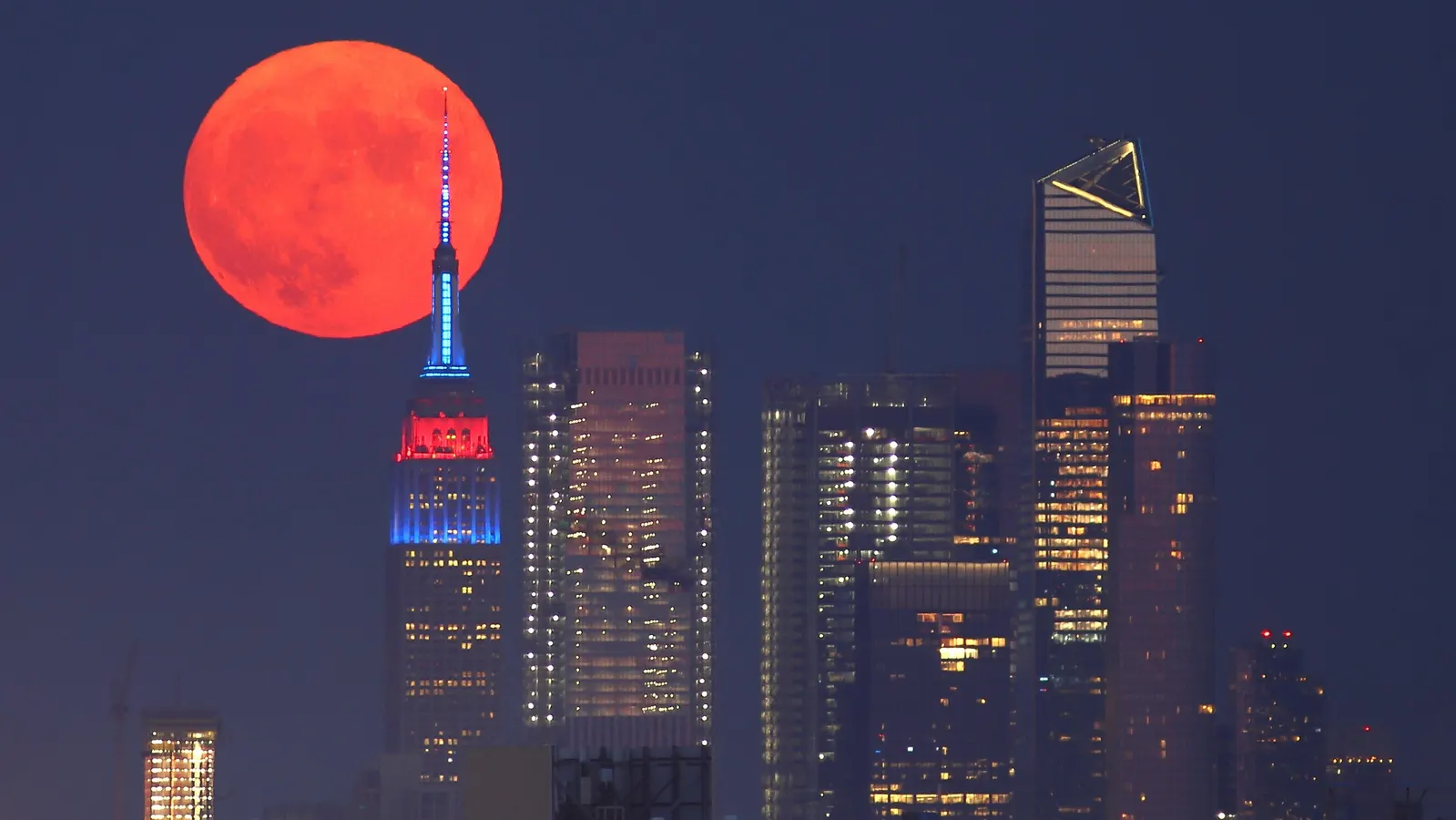

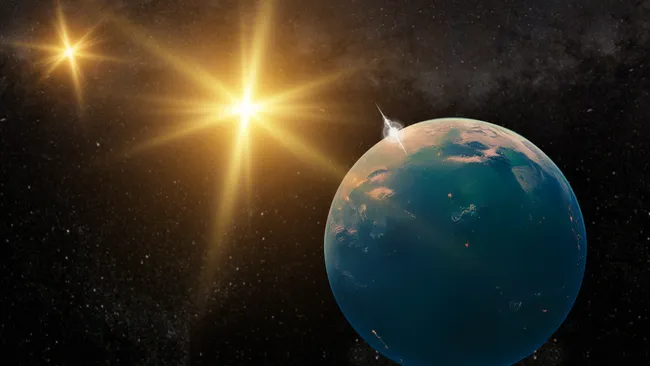
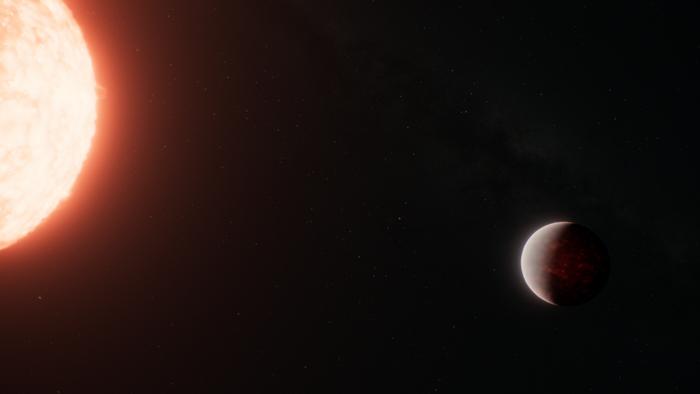

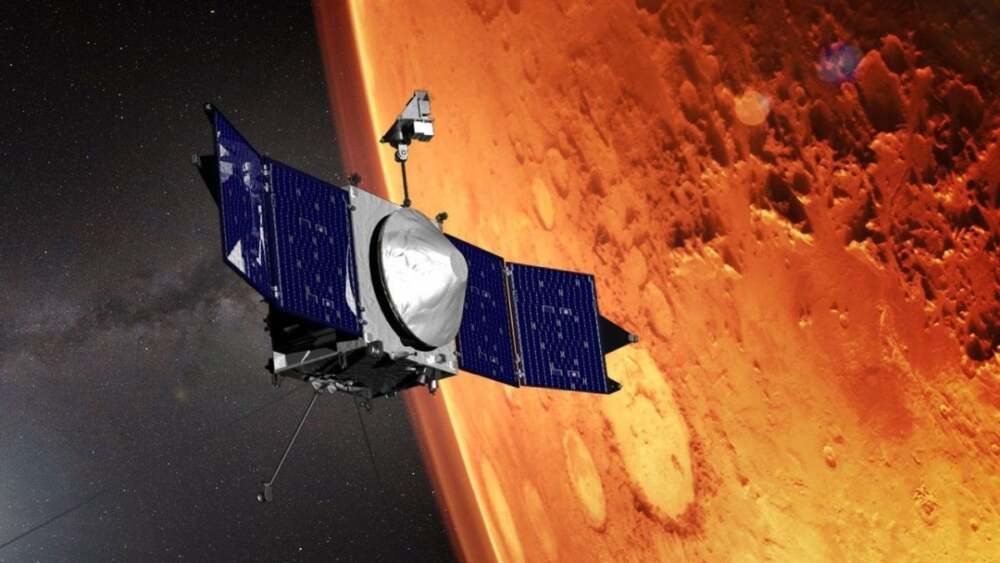

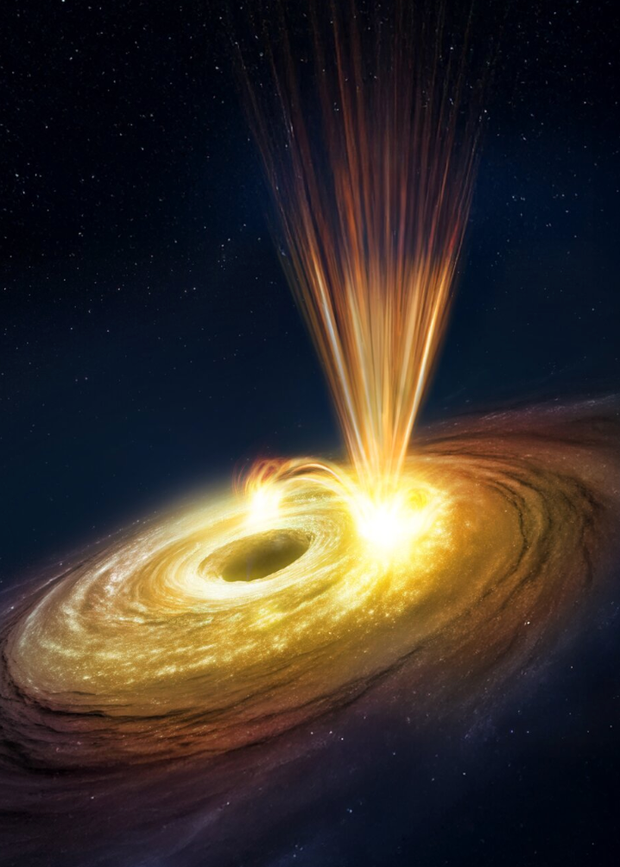

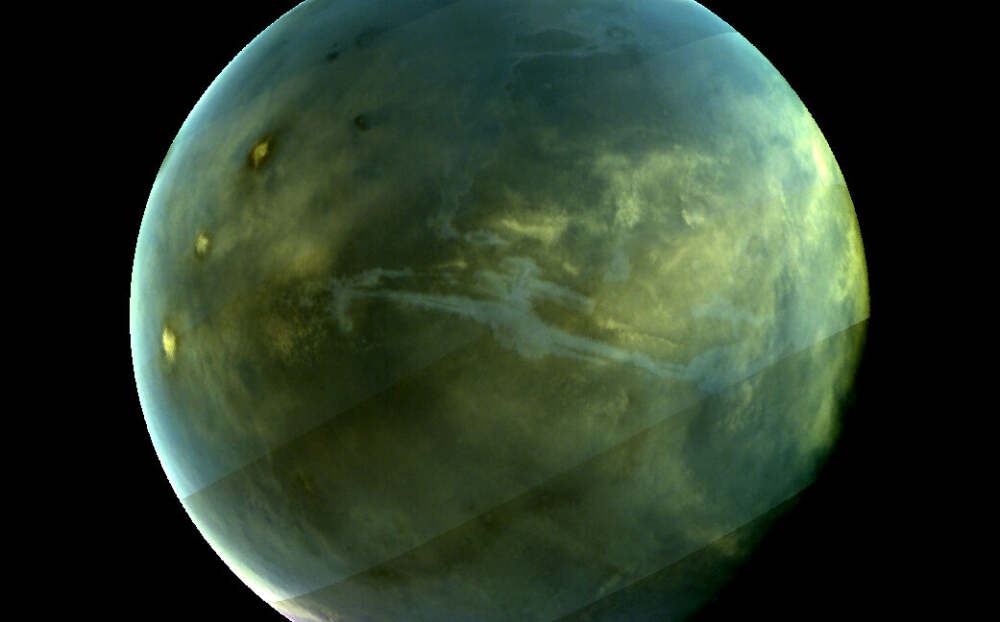
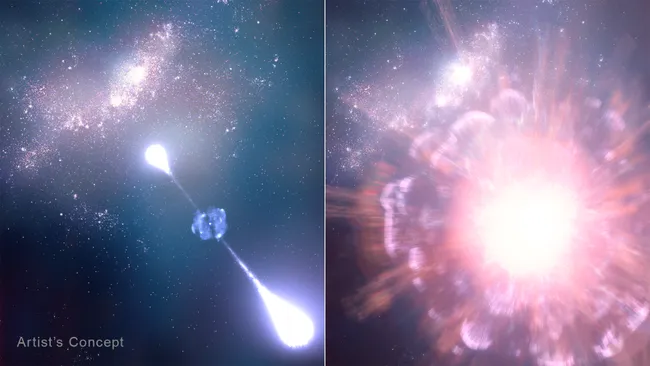




Leave a Reply